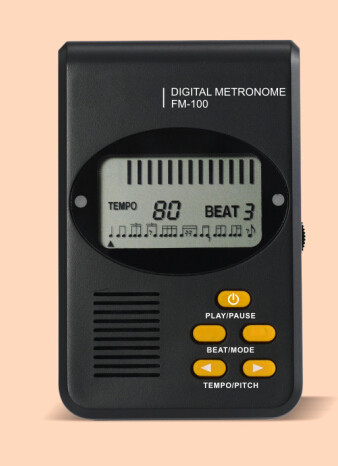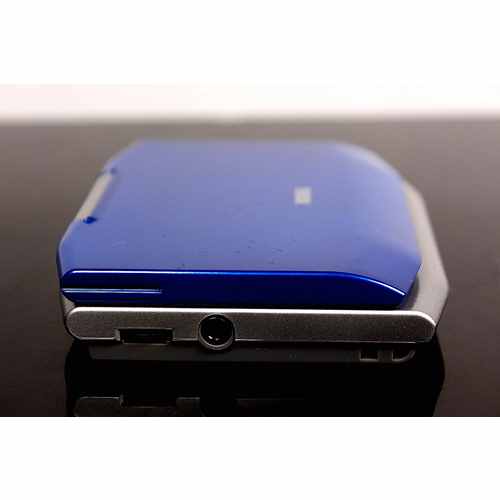
"Testing" with the metronome might help you find places that -ahem- are not musically justified regarding tempo changes. But instead needs some extra practice technically. Jumps and leaps in the melody are often supposed to take a little extra time, and depending on the style of music you play.You're not supposed to sound like a machine! Of course, music should usually not be performed with a rhythm perfect as a metronome. You will notice places in the music where you either slow down or speed up that you probably had no idea that you did! The most obvious "testing" is to play with the metronome when you think you have really learned a piece. The metronome can function as a "measuring" stick to compare your progress with. Since piano playing and practicing is very "qualitative," it can be challenging to know your progress for each practice session. This gives you a clearly defined goal to work for, which is also measurable since you compare yourself with the metronome. or a section of the piece, hands together at a particular tempo, together with the metronome.That you can play your right hand perfectly,.
#Metronome 120 how to#
In this way, you are basically “tricking” yourself into playing faster and faster without stress and – of course – no mistakes allowed! How to Use the Metronome as a "Testing" Deviceĭecide upon a goal for each practice session. Gradually increasing the speed in small increments is impossible without a metronome.As soon as you play through the part once without mistakes, increase the speed with one click.Start with smaller parts of the piece and put the metronome at a comfortable and slow tempo, where you can play without any mistakes.How to Use a Metronome to Speed Up a PieceĪ metronome is an excellent tool for pieces that you have learned the notes at a slow tempo and now need to speed up. You may think that you play them nice and even, but make sure to test your playing with the metronome, and you will find the places where you slow down or speed up. This is great when working, for example, with scales. The metronome can be used as a tempo stabilizer. How to Use a Metronome as a Tempo Stabilizer How to use a metronome to check that the piece's speed is accurate:Īt the top of the score, usually left corner of the sheet music, you might see "Allegretto mm.120," for example.Īllegretto is a moderately fast tempo, and the metronome count helps you understand how fast this may be.

Remember, it's just a tool! If the sound drives you crazy- just turn it off and try again later. Gradually this will become easier and easier. You can also make minor adjustments to get back on the beat as you play.As you play, if you get lost with the beat, just stop and join in the next beat.If the time signature is 4/4, count 1-2-3-4 a few times with the metronome to really "feel" the beat. Count in yourself for a while before you start.It seems to always play at a different speed than oneself. Try these simple tips: The most recent study in the journal Pediatrics looked at using metronomes to guide CPR for children.How to use a metronome and play on the beat?Īt first, it can be hard to play along with the beat.

Most studies of metronomes have involved medical professionals doing CPR on adults. Now we're not talking about everyone carrying around a metronome just in case CPR is needed. Previously researchers have tried using music, including the songs "Disco Science" and "Achy Breaky Heart" to set the beat. With every click, you do a chest compression and the metronome helps you keep the beat. "When chest compression is too slow or too fast, it decreases the effectiveness of CPR," she says. The optimal rate for compression is 100 to 120 per minute, which is "fairly fast" says Atkins, and hard to maintain without something to guide you.

"What we know for sure," says pediatric cardiologist Dianne Atkins, a spokeswoman with the American Heart Association, is that "high-quality CPR improves survival." So anything that improves CPR could save lives.įor CPR to be effective, the rescuer kneels at the side of the person in distress, presses one hand on top of the other in the center of the person's chest and pushes down about 2 inches to force blood through the body before releasing and then compressing again.

So it makes sense that a metronome, typically used by musicians to help keep a steady beat, could help medical professionals restart a heart. The heart beats rhythmically, and so does a metronome.


 0 kommentar(er)
0 kommentar(er)
